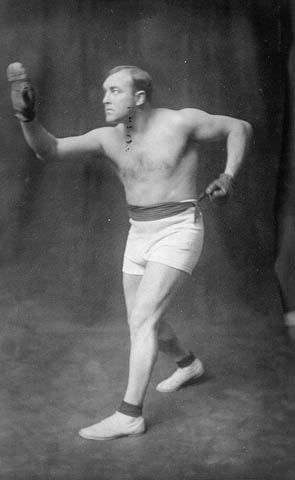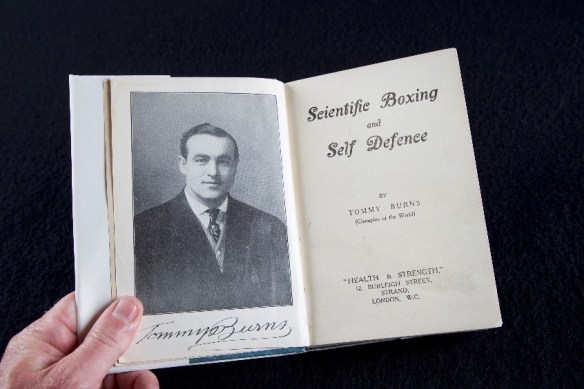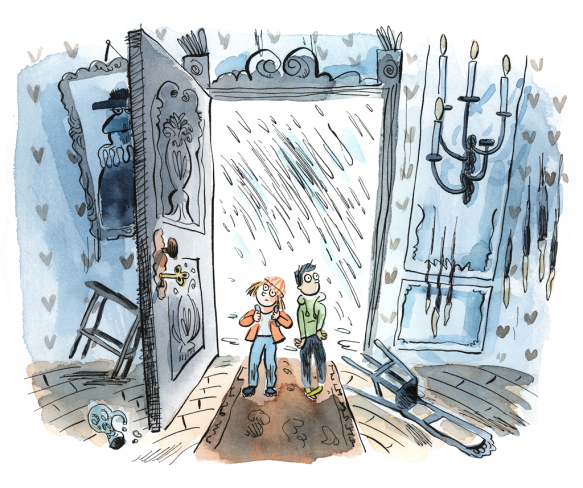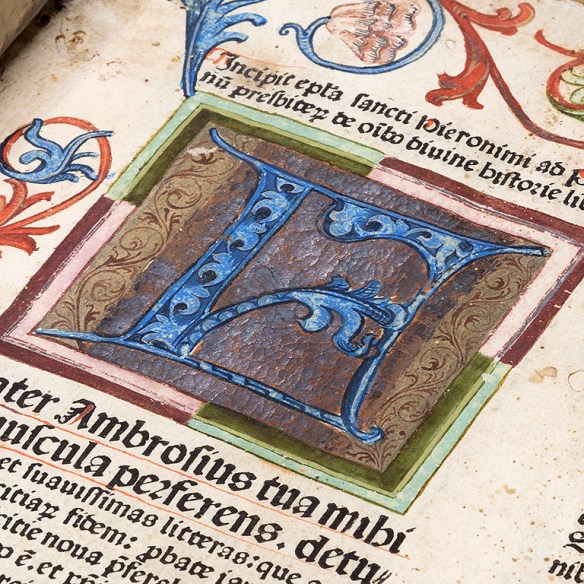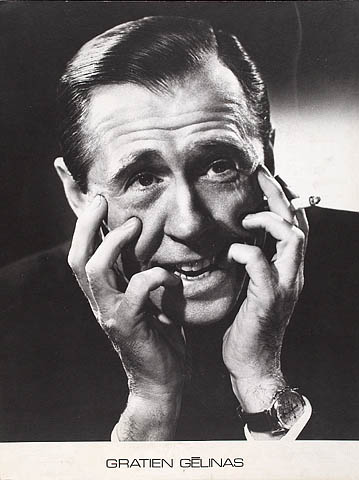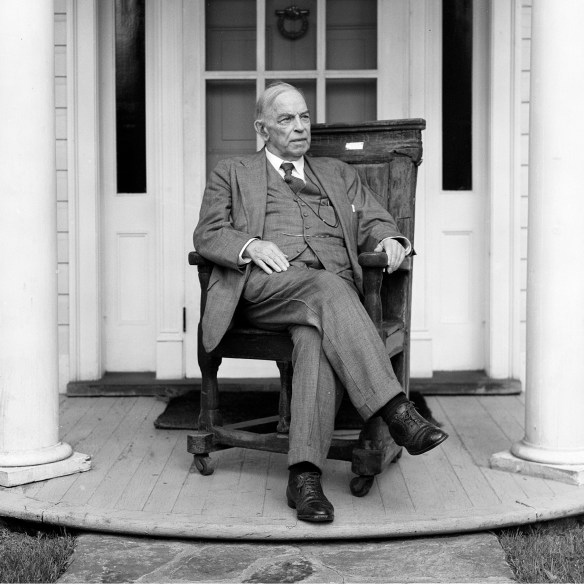By Isabel Larocque
When Éva Gauthier made her first professional performance at Notre-Dame Cathedral in Ottawa, none could have predicted that the 17-year-old girl would one day rank among the greatest singers in the history of Canada.
Éva Gauthier was born in 1885 in a Francophone neighbourhood in Ottawa; she was the niece of Zoé Lafontaine and her husband Sir Wilfrid Laurier. Éva showed an innate ability for music at a tender age, and her family soon recognized her potential, encouraging her to continue on that path. Aside from taking singing classes with several renowned teachers, Éva also sang as a soloist at Saint Patrick’s Basilica in Ottawa.
She also benefitted from financial support from her uncle, Sir Wilfrid Laurier. As such, at age 17, she was able to go study at the Conservatoire de Paris with one of the most famous teachers of the time, Auguste-Jean Dubulle. A big believer in Éva’s talent, Aunt Zoé brought her to Europe and even played the piano for Éva’s audition at the Conservatoire.

Éva Gauthier, 1906. Photo: William James Topley (a193008)
During her studies and early career, Éva Gauthier was lucky enough to rub shoulders with the greatest musicians and teachers of her time. So it wasn’t long before she was noticed. In 1906, the great singer Emma Albani, her mentor, introduced her thus during her farewell tour: “As my artistic legacy to my country, I leave you Éva Gauthier.” With an introduction like that, there was no doubt young Éva’s future was very promising!
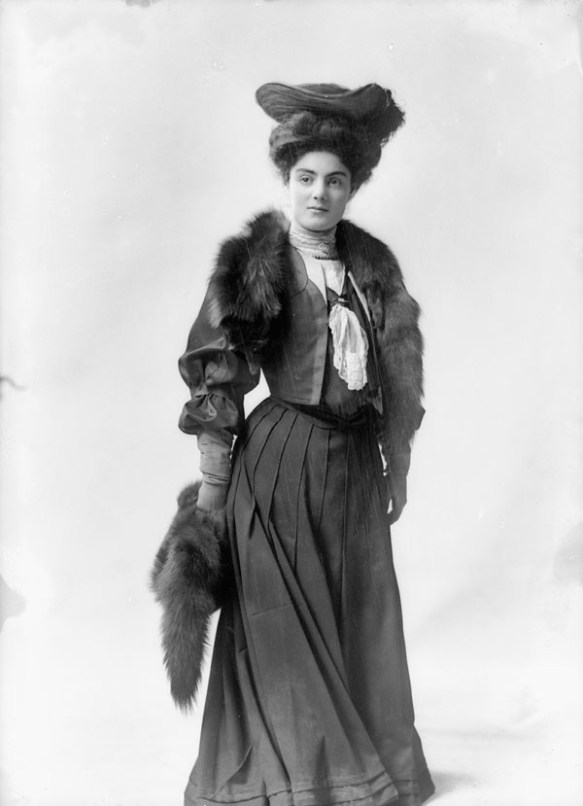
Éva Gauthier, 1906. Photo: William James Topley (a193009)
Despite her small size, Éva Gauthier had a powerful voice that certainly turned heads. In 1909 in Italy, she got the role of Micaela in the opera Carmen and she made a standout performance. But her career in opera was very short. While preparing for her second role―at Covent Garden in the opera Lakmé―the stage director removed her from the cast, fearing that her talent would outshine the lead actress. Devastated, Éva Gauthier turned her back on opera and decided to leave Europe.
She went to Indonesia to join Frans Knoot, who would eventually become her husband. She remained in Asia for four years, an adventure that gave her life a new direction. During her stay, she studied Javanese music with Indonesian gamelans and immersed herself into an exotic, unfamiliar musical and cultural style. She put on several shows, notably in China and Japan, and received glowing reviews: “This dainty Canadian singer has a voice of great flexibility, power and range. The entire evening was a musical treat. The applause was loud, long and well deserved.”
Her experience in Asia gave Éva a particular sound and a unique style. This allowed her to stand out when she returned to North America, where far-eastern music was still relatively unknown. Her refusal to adhere to traditions was one of Éva’s characteristic traits. She never let conventions define her and so brought about a renewal of musical culture in the 20th century.

Éva Gauthier wearing one of the Javanese costumes she was known for. (ncl002461)
After her return to North America, Éva Gauthier―who now enjoyed a certain notoriety―put on several shows a year. The greatest musicians approached her, asking her to sing their compositions. Igor Stravinsky swore by her alone and demanded that she be the first to sing every one of his pieces. Éva mingled with musical personalities and befriended a good number of them, including pianists and composers Maurice Ravel and George Gerswhin.
It was with the latter that she gave a memorable concert at the Aeolian Hall in New York, in 1923, that brought together classical and modern music. Gershwin accompanied the singer on the piano during a daring premiere. Éva Gauthier even integrated jazz music into the program, a style she greatly loved but which was still poorly regarded. Although critics were not kind, the general public enjoyed the breath of fresh air and the event became a landmark in musical history.
Éva Gauthier gave hundreds of performances during the rest of her career, both in America and Europe, integrating various styles into her ever-entertaining performances. She focused the final years of her life on teaching students how to sing and, though she was no longer on stage, she remained very active in the music scene, acting as mentor to the next generation of artists. Her impeccable technique, her daring attitude and her refusal to follow convention opened the way to new artists and helped make Éva Gauthier a true legend of modern music.
If you want to hear some musical excerpts sung by Éva Gauthier, visit the Virtual Gramophone by Library and Archives Canada. There you will find several French Canadian folklore classics performed by the singer.
You can also listen to our Éva Gauthier podcast and flip through our Éva Gauthier Flickr album.
Isabel Larocque is project manager for Library and Archives Canada’s Online Content team.

